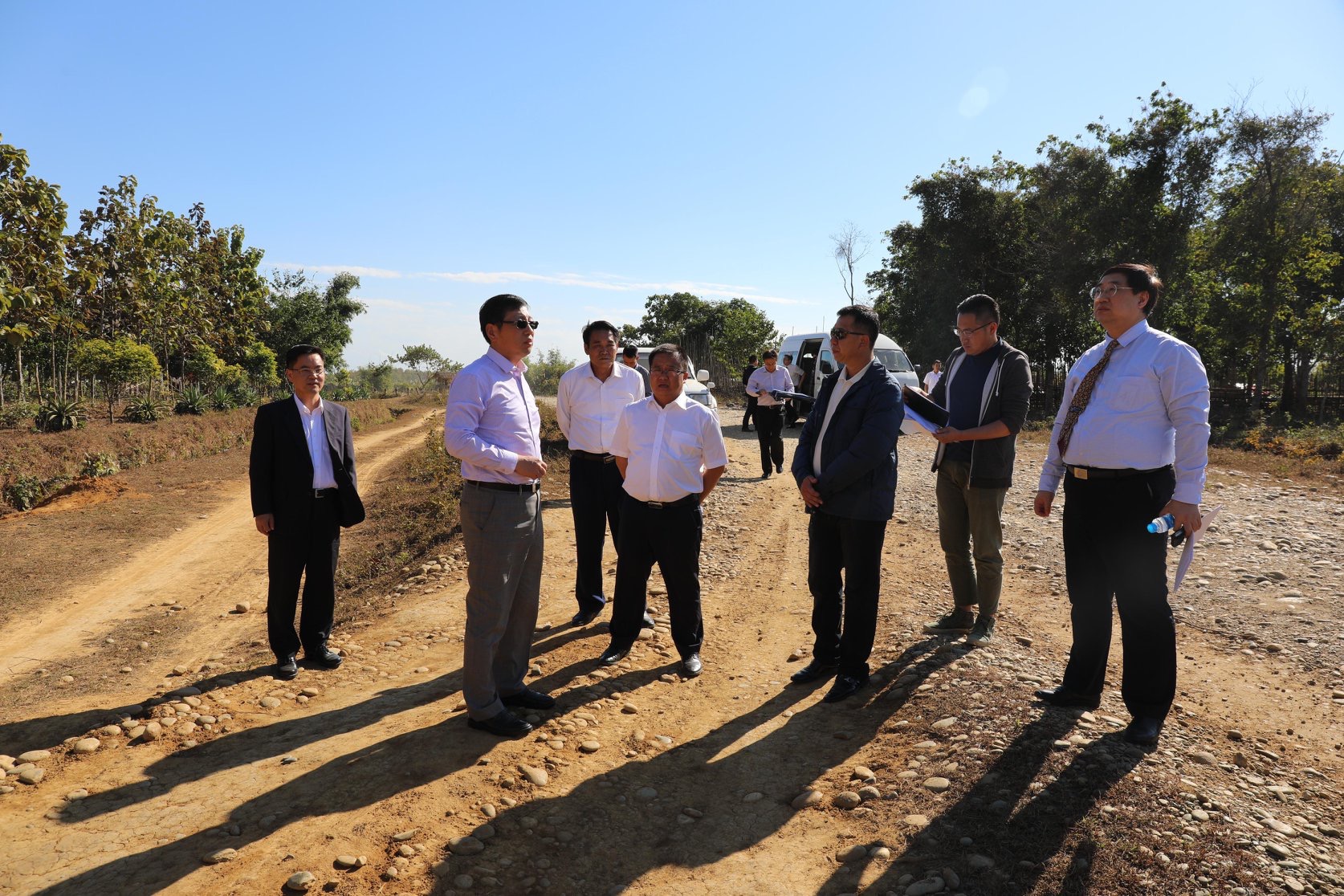Kachin Regional Government is prepared the master plan for Chinese-backed model economic zone along the China-Myanmar Economic Corridor
11 Jul 2019
A Kachin State minister said a master plan for a planned, Chinese-backed, model economic zone along the China-Myanmar Economic Corridor has been prepared, and the Myanmar government is engaged in deep discussions with the company for the project’s implementation to avoid further challenges.
The Kachin State government and the Yunnan Tengchong Heng Yong Investment Company (YTHIC) signed a memorandum of understanding (MOU) in May 2018 for implementation of the Myitkyina Economic Development Zone (MEDZ), also known as the Namjim Industrial Zone, which is 25 kilometers from the Kachin State capital of Myitkyina.
YTHIC and the Myitkyina Economic Development Zone Committee (MEDZC), formed by the Kachin State government, are expected to build the massive MEDZ on approximately 4,700 acres of land along historic Ledo Road.
The road was built during World War II so the Allies could deliver supplies to China in aid of the war effort against Japanese forces. It was an overland connection between Ledo, in India’s Assam State, and Kunming, in China’s Yunnan Province.
Amid criticism over the project’s perceived lack of transparency, Kachin State Minister of Finance, Revenue, Planning and Economic Development U Wai Lin said, “The master plan is vital for the implementation [of the project]. At the same time, we are also working on a feasibility study.”
The MEDZ is expected to cost more than US$400 million (603.6 billion kyats). It will include nearly 500 factories and 5,000 buildings.
“Before implementing the project, we already met several times for detailed negotiations. We digested each fact point by point. So far, we’ve discussed nearly 70 points,” he told reporters at a press conference Friday. “If we don’t discuss [the project] in detail, our government and state will face a lot of challenges.”
However, he did not mention the details discussed or the potential challenges faced.
“All the related negotiations are still on going,” he said.
The MEDZ was one of the lesser-known Chinese-backed projects planned for the state until former Chinese Ambassador to Myanmar Hong Liang visited the site in late December 2018.
The Chinese ambassador said the economic zone will be a crucial part of China’s ambitious Belt and Road Initiative (BRI), which is being implemented under the China-Myanmar Economic Corridor agreement. The BRI is Chinese President Xi Jinping’s grand vision for creating a network of trade routes from China to Europe, passing through Central Asia, the Middle East and Russia. Unveiled in 2013, the BRI aims to ultimately encompass nearly 70 countries and two-thirds of the world’s population.
U Wai Lin said both sides still have a lot they need to discuss for a memorandum of agreement and a joint venture agreement.
When The Irrawaddy visited the project area in the first week of April and spoke to locals, they said they didn’t have information about the project’s specifics. Owners of land within the project area revealed their concerns over possible land confiscations. Local lawmakers also said they had little knowledge of the project’s details.
According to the MOU viewed by The Irrawaddy, both sides will collaborate to draw up a master plan, estimate costs, define rules and regulations, calculate a share ratio and outline other framework details based on project investment procedures.
Moreover, YTHIC and the state government have agreed to establish a joint venture company to implement the zone—a collaboration between YTHIC and a government-affiliated company. Both sides also agreed that YTHIC would cover expenses such as feasibility studies and environmental impact assessments. Later, the joint venture company will have to pay back all expenses to the YTHIC.
U Wai Lin said that, after both sides have managed to finalize all points of discussion, the state government will submit the proposal to the Union government and the Myanmar Investment Commission (MIC).
The MOU says the Chinese company has the full authority to invite third-party investors and that the Kachin State government will not allow any other similar projects near Myitkyina during the project’s 15-year implementation period.
“After the Union government and the MIC give the green light, we will ask for approval from the Parliament,” he said. “We will announce to the public the details of agreements, including benefit sharing. After that, we will sign the finalized agreement for implementation.”
(The Irrawaddy: https://www.irrawaddy.com/business/master-plan-prepared-chinese-backed-kachin-economic-zone-state-minister.html )











